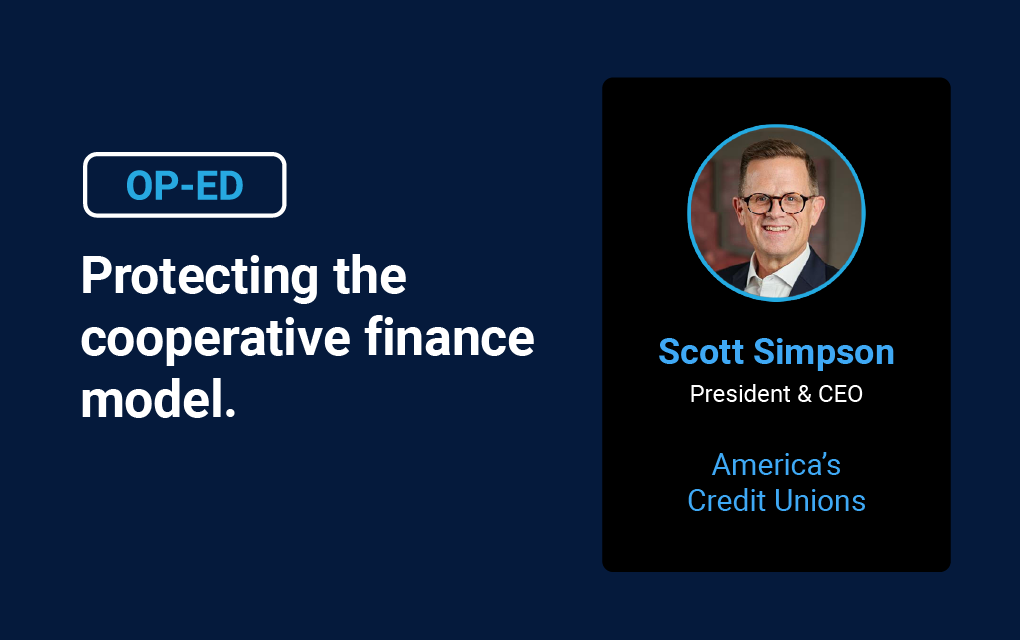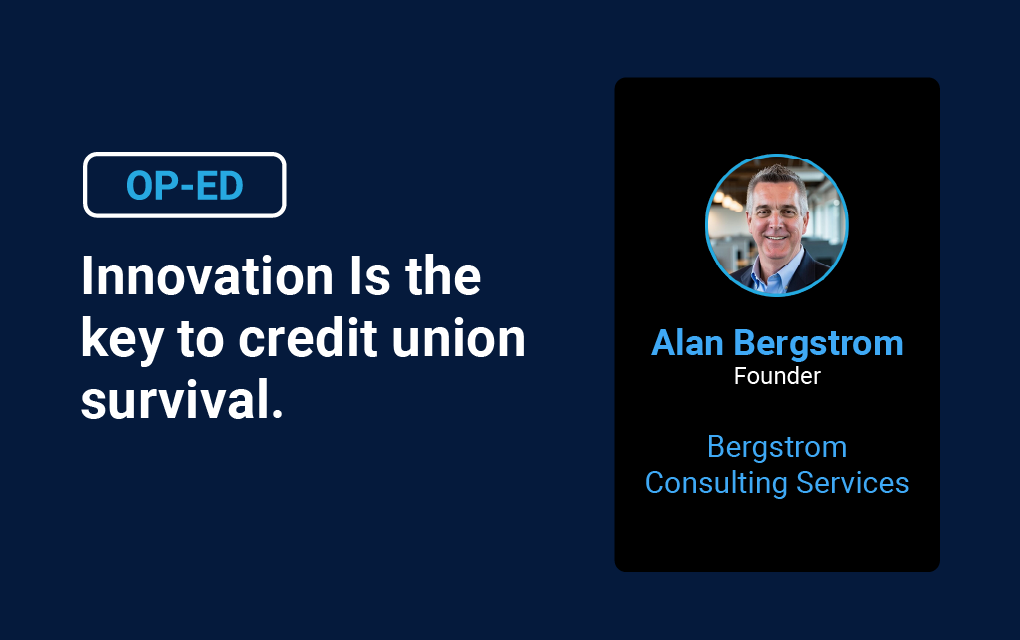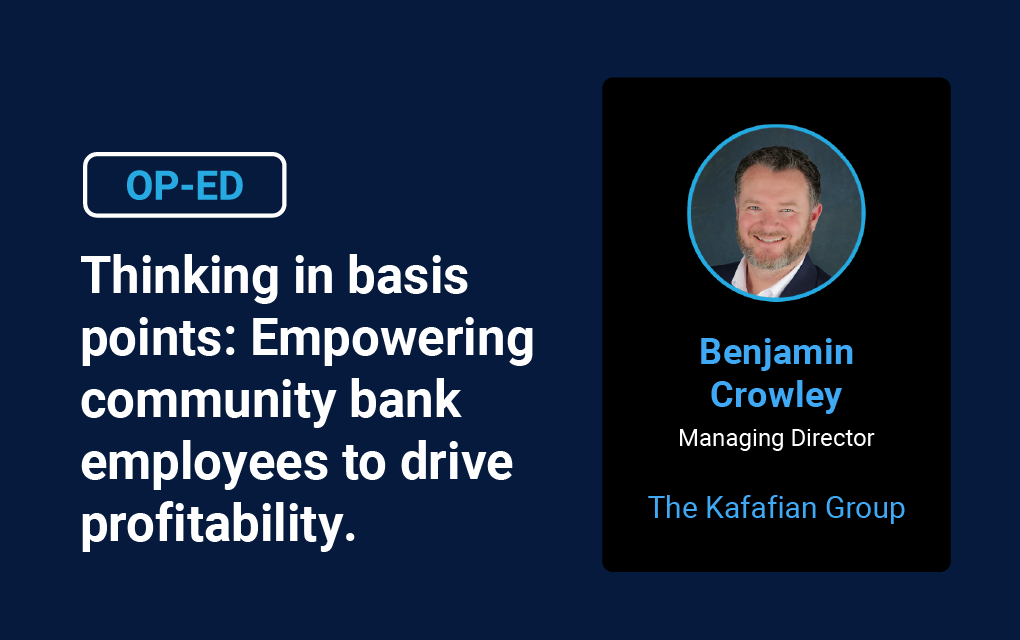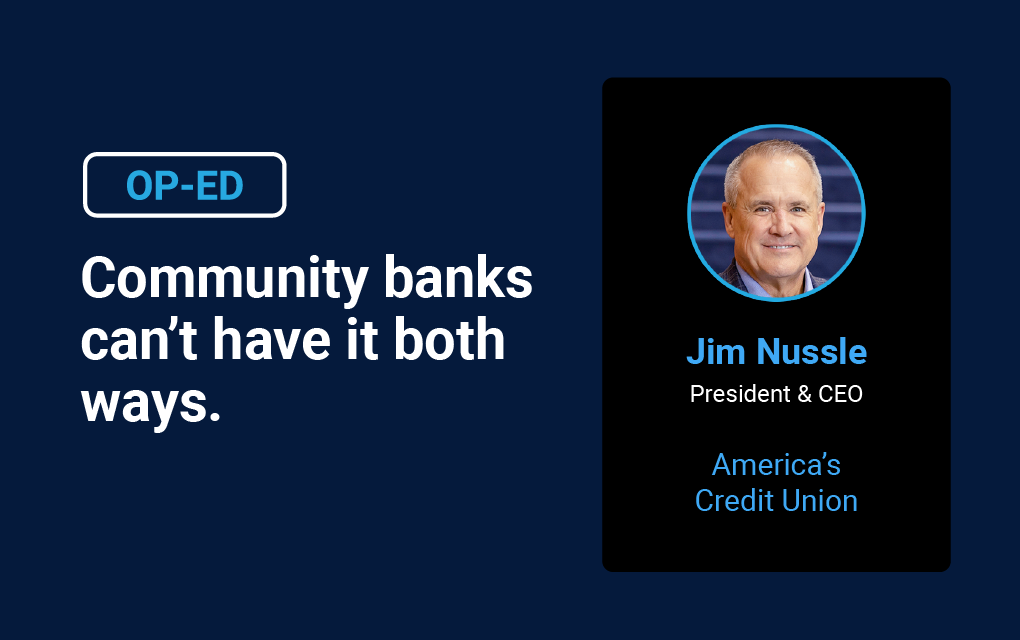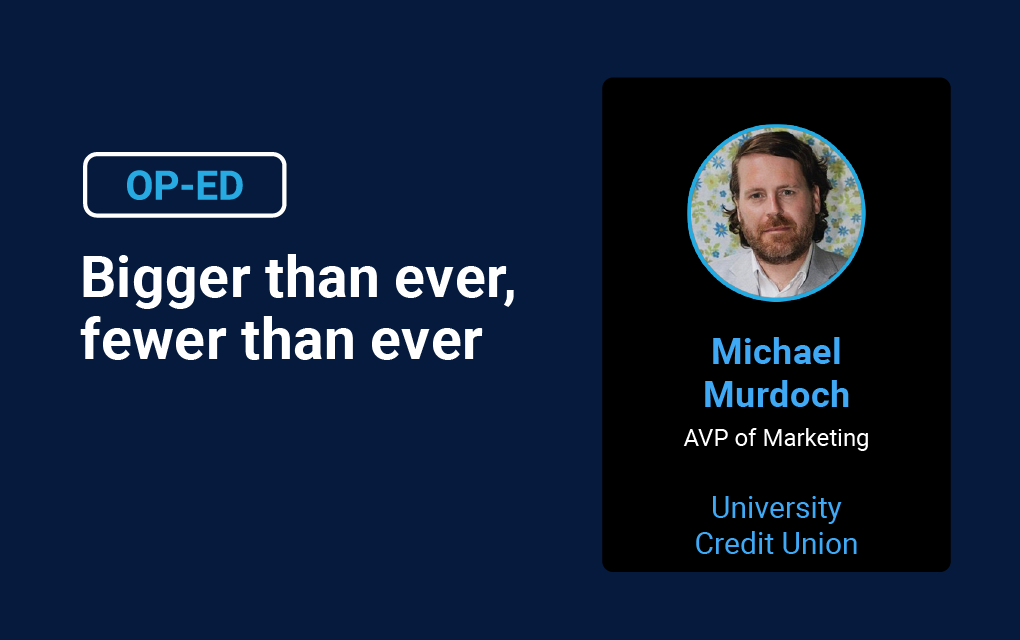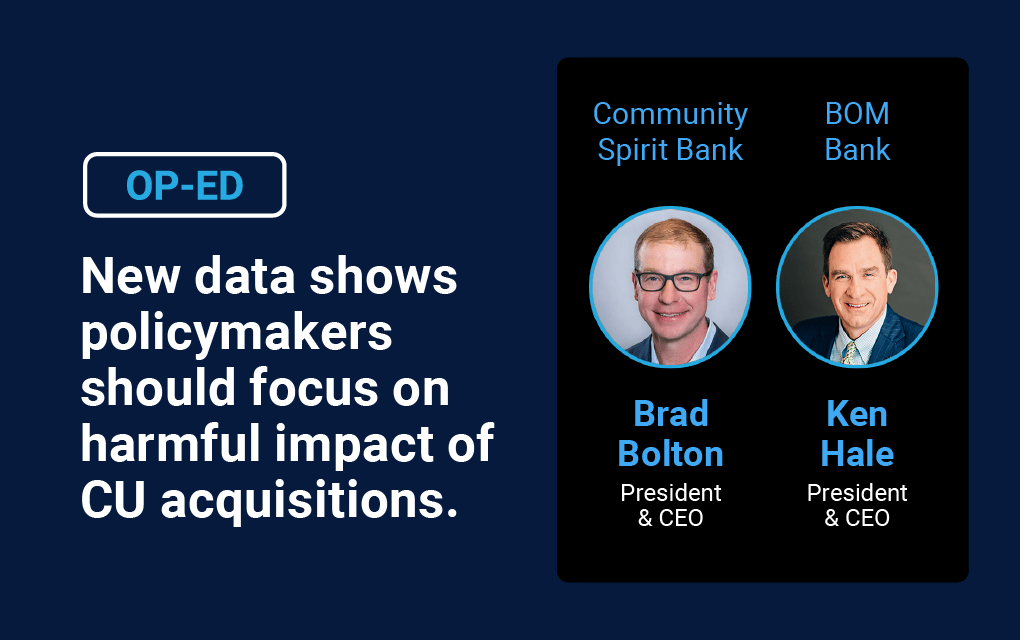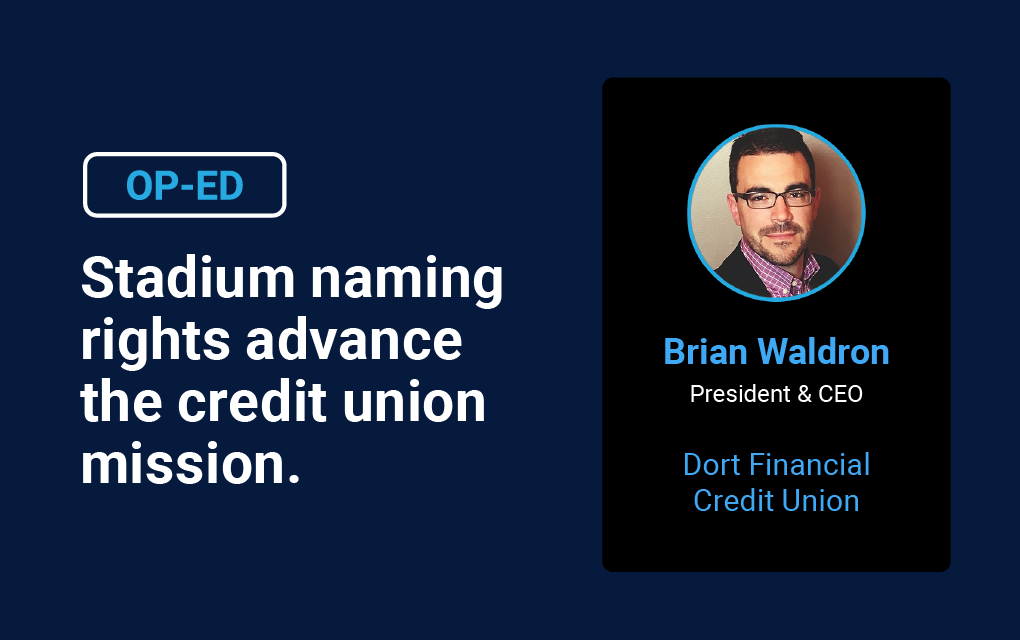Stop it! Channeling Bob Newhart for your New Year’s resolutions
The world lost a comedy legend in 2024 with Bob Newhart’s passing. His passing reminded me of his classic therapy skit in which he charged five dollars for five minutes with a patient. The patient agreed, tendered the five bucks, and told him about her troubles.
Bob listened patiently. When she finished, he promised to share two words that, if practiced, would make her the master of her troubles rather than the other way around. She took out a pen and pad. Newhart didn’t think she needed it, but waited until she pulled it out of her purse and told her this…
“STOP IT!”
Stunned by the simplicity of the message, the patient responded: “Excuse me?”
To which Newhart repeated even louder, “STOP IT!”
I think about that skit more often than I should. Especially during the holiday season when we list our New Year’s resolutions. For me, it is about eating and drinking less (“Stop it!”), making exercise a habit rather than a chore (“Stop it!”), and replacing downtime (“Stop it!”) with personal and professional reading.
Newhart’s advice also applies to TKG’s experiences when we assist bank clients with process improvement engagements. I recall being in the Loan Servicing Department, where I witnessed an employee flipping through commercial statements. Curious, I asked what he was doing. “Looking for mistakes,” He replied. When I asked what a mistake would look like, he shrugged. When I asked why, the response was simply, “That’s how we always did it.” So we recommended they… you guessed it…“Stop It!” Many of our recommendations for improving the internal and external customer experience involve Bob Newhart and his iconic “Stop It!”
These inefficiencies are likely happening at your institution. I suggest you identify them and “Stop it” because we can’t afford to be wasteful in resource allocation if we want to upgrade technology and human capital.
For this edition of TKG Perspectives, however, I want to shift our focus to more strategic issues than simply flipping through commercial statements.
With that in mind, here are the five things I believe financial institutions should stop doing to ensure a more efficient and strategic approach:
1. Stop Taking a Knee to Your Core Processor
Many banks spend very large dollars on their most expensive service provider that gives them, shall I say, less than stellar service with outdated technology. And we accept it. We recently had Clay Adams, CEO of Mascoma Bank in New Hampshire, on our This Month in Banking podcast. Clay discussed their new technology, Stratum, built in their own skunk works, as they would not settle for the status quo. Stratum is middleware that serves as both API and data warehouse and is the single source of truth in a financial institution. All major systems connect to it: core, LOS, g/l, CRM, etc. However with Stratum, the importance of these systems is diminished because you can replace your technology solution with a better one much more easily. In fact, because of this, Mascoma relegated their core to a transaction processor rather than the central brain.
If your core remains the central nervous system of your financial institution… Stop it!
2. Stop Building Onerous Compliance Processes
According to an October 2024 release of a Conference for State Bank Supervisors (CSBS) survey, Regulation jumped in their ranking of external risks, with nearly 89% of respondents naming it as an “extremely important” or “very important” external risk, essentially tying for the top spot. This has risen consistently over the past several years. It is no secret that financial institutions have been subjected to activist regulation over the past three years and a change in administration will likely bring relief. However, to build a sustainable and endurable financial institution, we must build scalable processes that utilize technology to its fullest. We must strive to drive down the cost of support functions if we are to compete with large financial institutions, branchless banks, and specialty banks.
Implementing “belts and suspenders” processes to avoid an exit interview comment, compliance audit finding, or an MRBA creates a culture of inefficiency at the altar of compliance… Stop it!
3. Stop Prioritizing Your Day Job Over Strategy
Leaders should dedicate a minimum of one solid hour of strategy planning and execution every day. Next-level leaders may be less, but not materially so. Even front-line employees should have the bandwidth for strategy execution, contributing to project teams to move your bank forward. We often see day-to-day work getting in the way while strategy is relegated to the back burner. When your consultant comes in for a progress report on strategy implementation, the excuse of “we have a day job” is often given for the lack of progress.
If your strategy is stalled because you had to get a multi-million dollar loan deal through the pipeline… Stop it!
4. Stop Building Your Culture in a Vacuum
Culture is the lubrication in your financial institution. It can differentiate you from other employers, attract prospects, and retain high-performing employees. It provides the context for decision-making and can serve to improve or detract from the customer experience, both internally and externally. Culture should make strategy execution easier. For example, bankers that include operational excellence as a strategic imperative should have a culture in which first-level employees are empowered and even incentivized to improve the processes they execute every day. If a bank wants to achieve better pricing because they have better service, stronger relationships, or a more recognizable brand then their business line leaders should be incentivized to achieve it.
If your strategy is to achieve superior pricing because you are better and your primary lender incentive is volume… Stop it!
5. Stop Managing What You Are Not Measuring
This is similar to building a culture consistent with strategy, like measuring lenders on volume when you want to achieve superior pricing. To overcome this unforced error, financial institutions use loan pricing models and control lender pricing discipline in the officer loan committee, such as “why is this loan priced this way?” The answer of course is to get the deal done. The culture that created this moment is volume-driven. If you want to empower lenders to be confident they can get deals done while being accountable for their decisions, you have to measure the profitability trends of their portfolio. Similarly, if you want to empower branches to do fee waivers and have leeway in deposit pricing, then you have to measure the profit trend of their branch. I’m confident readers want lenders to improve their portfolio profitability and branches to improve their branch profitability. Without measuring it, you can’t manage it.
If you’re calling your branch manager about yesterday’s fee waiver… Stop it!
Readers likely recognize some of the things mentioned in this article. My goal is not to offend but to help you build an enduring future. I want community financial institutions to thrive because decentralized decision-making in capital allocation is critical to new business formation and gives communities a fighting chance to be great places to live and work. I believe we all want Bedford Falls, not Potterville. Let’s make it so together.
The Kafafian Group is a finance, strategy, and operations consulting firm that specializes in performance measurement, profitability outsourcing, strategic and business planning, regulatory assistance, profit and process improvement, and investment banking advisory services for the financial industry.
Disclaimer
The views, opinions, and perspectives expressed in articles and other content published on this website are those of the respective authors and do NOT necessarily reflect the views or official policies of Tyfone and affiliates. While we strive to provide a platform for open dialogue and a range of perspectives, we do NOT endorse or subscribe to any specific viewpoints presented by individual contributors. Readers are encouraged to consider these viewpoints as personal opinions and conduct their own research when forming conclusions. We welcome a rich exchange of ideas and invite op-ed contributions that foster thoughtful discussion.


